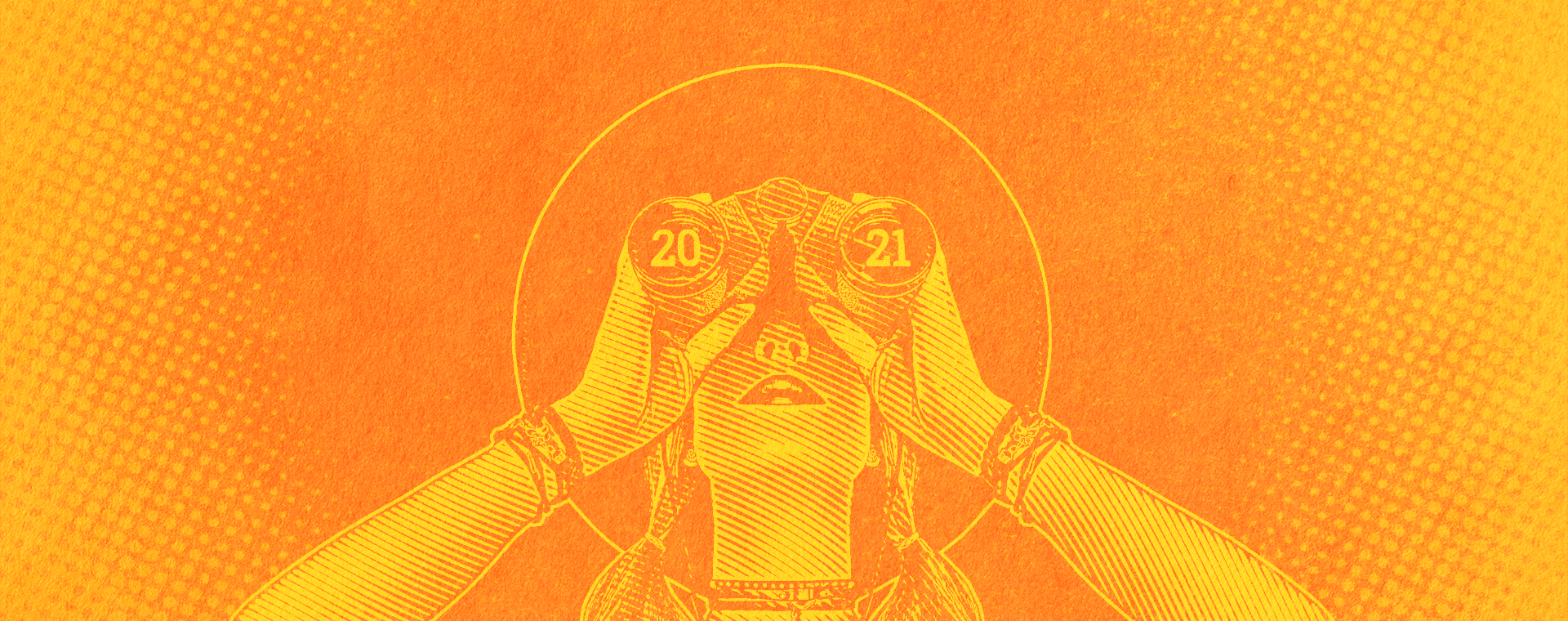Team Talk: Digital Ninjas, Data Wranglers, and why job titles are a struggle
By: Kyle Weber
February 19, 2020 | Reading Time: 5 mins
“So, what do you do?”
Whether you’re dating, networking, or trying to do something else, your job title is a loaded question that plays differently to everyone. While the Chiefs and Directors are out there title-fishing (asking what someone does in hopes they return the question) you’ll find just as many Juniors and Assistants going vague to avoid the question. Because, like it or not, job titles influence how we see each other and perception is important.
Don’t believe me? Check out the work of Susan Fiske, a psychologist and Princeton professor who investigated 42 jobs and their perceived levels of competence and warmth. Maybe you’ll learn something about how people view your role. If you buy into Dr. Fiske’s study, her title likely plays a role in that. “Princeton Professor” and “Psychologist” sound a lot better than “Camp Councilor with an Etsy store” because they scream “intellect” and “this person spent a lot of time in school”. Anyone watching Pilot Pete’s season of The Bachelor can attest for what a flashy title can do for an otherwise unremarkable guy. Job titles play a role in hiring decisions, business deals, idea buy-in, and so much more.[/intro]
Then what’s with the weird job titles?
Hop on LinkedIn and you’ll find a growing demand for Ninjas and Evangelists in the workplace, especially for digital roles. While these positions rarely involve nunchucks and holy water, the quirky titles paint a picture of something fun and unique. A Statistical Samurai is likely no more than a Data Analyst, yet they couldn’t feel more different. This is a strategy used by employers to hook Millenials with a trendy culture. If you imagine an office full of Social Media Gurus, you don’t think off-white cubicles and the deafening hum of fluorescent lights. You think Spotify playlists, office dogs, and maybe even a slide.
We truly value our culture. We may not play laser tag in the office, but we’re pretty cool — at least, cooler than our job titles let on. So, we gave the team a chance to make up a title that’s kooky and trendy. Here’s what they came up with.
Kyle
Current Title: Account Manager
New Title: To-Do List Mercenary
While Account Manager is fitting — I actively manage accounts — it doesn’t totally feel right. People hear “account” and they think “accounting”, which brings up images of spreadsheets and numbers. Sure, stats have a place in my role, but really, my day revolves around what my clients need at any given time. On Monday, I might write web content. On Tuesday, I might be scheduling print deliveries in another country. On Wednesday, I might be cutting and folding origami for a tradeshow, and on Thursday I might actually do some marketing. Basically, if there’s a tight deadline, I’ll help you hit it. If there’s a new idea that needs vetting, I’ll look into it. And if there’s unexpected “office turnover”, I’ll be there with bleach, gloves, and a car with a lot of trunk space.

Sarah
Current Title: Senior Account Manager
New Title: Hat-Head Happiness Helper
Account Managers in my mind tend to be solely focused on making sure client accounts are happy. On big teams, that’s pretty much all they do. When there’s a request or issue or work to do, the account manager has project managers, technical people, and creative people who get the job done. Then the Account Manager comes in and asks if the client is happy at the end. On our team, that couldn’t be further from the truth as Kyle showed. While the work that we do definitely keeps our clients pleased, I find the most joy in making sure our team members are happy. Sometimes that’s through managing our technology setup, the way our accounts get assigned to people, or teaching them something new. It means I’m often wearing too many hats, but when it comes to having a happy team, I wouldn’t hang up any of them.

Brent
Current Title: Graphic Designer
New Title: Mind Hacker
I find people often misunderstand what being a graphic designer is actually about. It’s not just creating something that looks great. Design is about solving a problem by understanding how people think and what drives their decisions. As a designer, it’s my job to dive into the minds of users and discover as much about them as I can. Asking probing questions about their pain points, what they like/dislike, their habits, what inspires them, what makes them tick and why. This data is essential for understanding an audience and knowing the best way to communicate to them. By learning as much as I can about the end-user, I can create an effective design solution.

Grace
Current Title: Senior Graphic Designer
New Title: Left-Brain, Right-Brain Multitasker
Growing up, we were often defined by whether or not we were ‘left-brained’ or ‘right-brained’, meaning that one side of your brain was more dominant than the other. The theory is that if you’re more analytical and methodical, you’re left-brained and if you’re creative and artistic, you’re right-brained. Being a Graphic Designer, it’s not a surprise that I’m more right-brain oriented. But in my work, I break the typical mould of what defines a ‘designer’. I totally relate to being a mind hacker like Brent, but I’m also a culture champion. That requires me to think more logically to make sure everyone follows policies and structures so that our team stays efficient and happy.

On second thought, maybe we’ll keep our basic titles.
It is obviously pretty hard to sum up everything we do in a couple of words!







